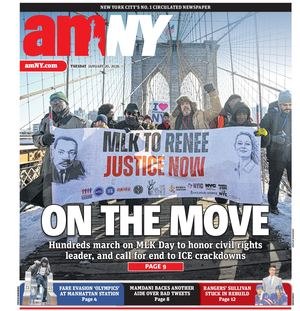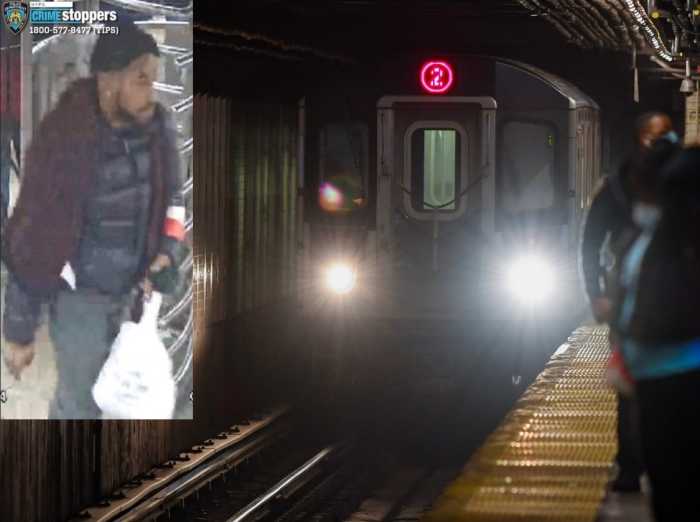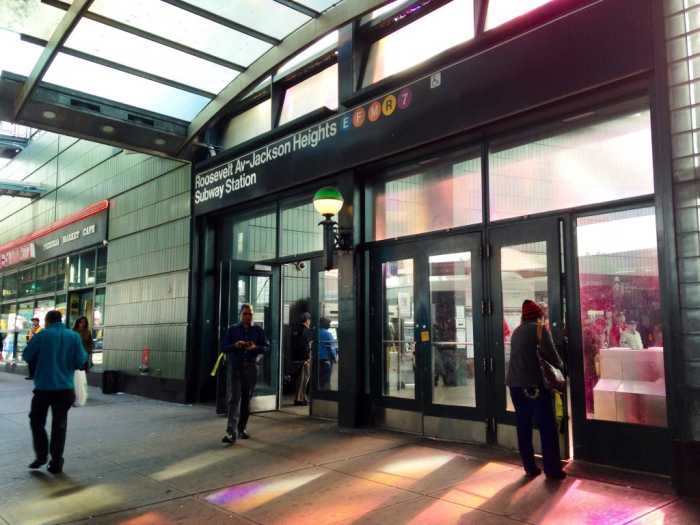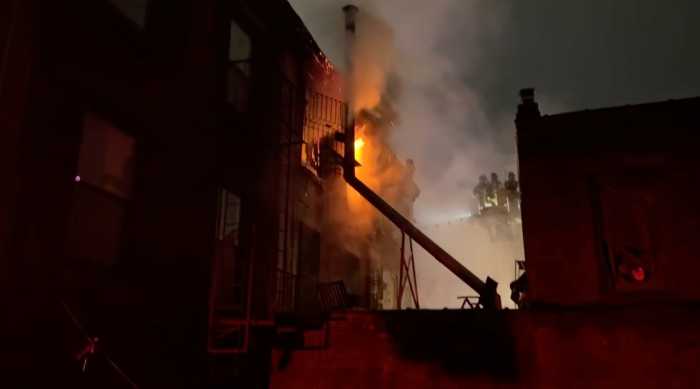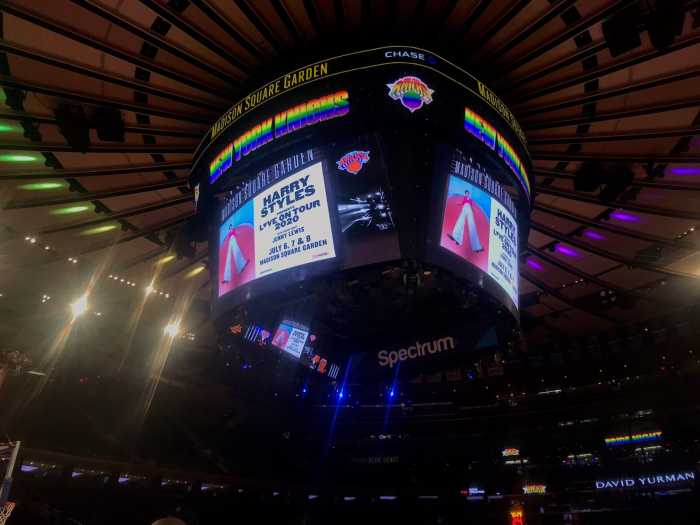The lighter your wallet, the more time you’ll spend on the subway.
A report issued Wednesday by the New York Federal Reserve found that higher-income straphangers experience less “downtime” on average than lower-income riders. (The report defined downtime as “the number of minutes during the commute that lines available . . . are not experiencing “good service.”) Downtime is worst for outer borough straphangers as their subway options are fewer and slower, according to the report.
Researchers used Census and MTA data to determine the severity of downtime for New Yorkers of varying income levels. Downtime for riders in the lowest income quartile, $36,460, was 42 minutes — seven minutes longer than those in the upper quartile, $77,020, according to the study.
The neighborhoods with the highest downtime included Coney Island, Gravesend, East Flatbush, East New York, Harlem, Pelham Parkway, and Eastchester. The Upper East Side, downtown Manhattan, Long Island City and Downtown Brooklyn were among the areas with the lowest downtime, according to the report.
Federal reserve researchers said the disparity comes from the fact that higher income New Yorkers live closer to subway stations — especially those with several lines providing express and alternative services. In addition, researchers noted many lower-income straphangers tend to use the subways during off-peak times when fewer trains are operating.
The report warned that downtime can negatively affect poorer New Yorkers, as they can face docked pay for tardiness as well as less time away from work to spend on health and their families.
NYC Transit president Andy Byford said the agency is working to improve service for all New Yorkers through its Subway Action Plan and Fast Forward Plan.
“These programs are our ironclad commitment to improve service and ensure that our transit system continues to be one of the great equalizers for all New Yorkers,” he said in a statement.
